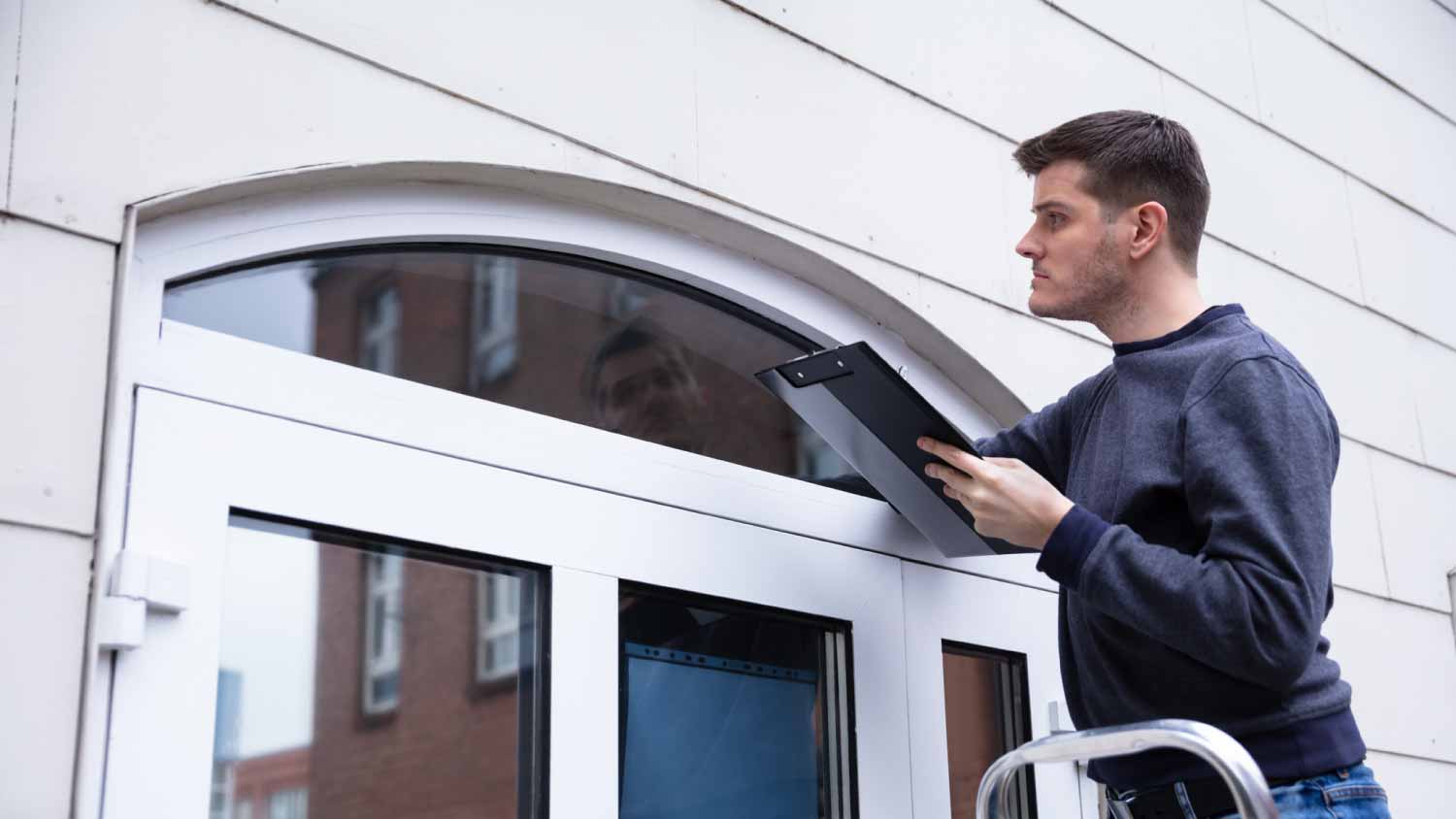
Even when property values are soaring, your home’s appraised value might not reflect it. Here are factors that could hurt your home’s appraisal.
Appraisal fees are worth the cost when you’re buying a home


In real estate transactions, buyers pay for appraisals to confirm the home’s value.
Lenders require buyers to get an appraisal to ensure the loan is for the correct amount.
Buyers cover the appraisal cost even if the sale falls through.
Sellers may choose to pay for an appraisal before listing to arrive at a fair selling price.
When you’re buying a house, there are a lot of steps you need to do before you can call your new house home sweet home. One critical part of the home buying process is a home appraisal—and, like many other expenses during this process, it’s the buyer’s responsibility to pay for it. In this guide, we’ll explore appraisals and why you need to budget for the cost of a home appraisal when you’re buying a house.

A home appraisal indicates a home’s value at the time of the appraisal and is used to determine if the selling price accurately reflects the home’s actual worth. A local home appraiser is an unbiased third party unaffiliated with the buyer or seller who assesses a number of different factors to determine a home’s value and then provides a report to the buyer and the lender with their findings.
Appraisers determine a home’s value using data including inspection results, market trends, sales data from comparable homes in the area, neighborhood information, and more to arrive at a fair and accurate value. An appraiser who does home appraisals frequently in your area will have a good eye for market information and sales trends for the most accurate appraisal.
Mortgage lenders require home appraisals before approving a loan to ensure they aren’t lending more than the home is worth. Appraisals normally take place once the buyer has made an offer and after a home inspection has been conducted. The appraisal itself only takes up to a few hours or less in the home, but the report may take several weeks to complete since the appraiser needs to compile all of the applicable data.
Some lenders may require a specific type of appraisal—Federal Housing Administration (FHA) loans require an FHA appraisal and inspection that includes more data on the home’s health and safety than traditional appraisals. Your lender will advise you about what the appraisal should entail.
Paying for the home appraisal is the buyer’s responsibility. In many cases, the mortgage company will arrange it, but the buyer is the one responsible for the cost of the home appraisal. Having an appraisal performed is part of the buyer’s due diligence to ensure their offer is fair and they’re not asking to borrow more than the home is worth.
Sellers may also choose to have an appraisal before putting their house on the market to have an accurate idea of a reasonable selling price. Listing your home with a price that’s too high can cause problems during the selling process if the buyer’s lender refuses to approve a loan for an inflated selling price much higher than the appraisal value.
Unfortunately, if the sale falls through for any reason, the appraisal fees are still the buyer’s responsibility. When reviewing the home’s appraisal, market value, and selling price, a lender may refuse to approve the loan if the appraisal comes in lower than the offer. However, the buyer is still on the hook for paying for the appraisal, so it’s helpful to do as much research as possible before making an offer so you’re less likely to have your loan rejected.
Many of the things that hurt a home appraisal can be rectified, and buyers and sellers may renegotiate the offer after a low appraisal so the sale can still go through. Using the appraisal to support renegotiations can help you still get your dream home without overpaying for it.
From average costs to expert advice, get all the answers you need to get your job done.

Even when property values are soaring, your home’s appraised value might not reflect it. Here are factors that could hurt your home’s appraisal.

A home appraisal determines your home’s value and is a necessary part of real estate transactions. Learn who to hire for home appraisals.

A home appraisal determines your property’s value and is necessary for most real estate transactions. Learn more about home appraisals and why they matter.

Confused by the terms involved in a real estate transaction? Learn about the differences between appraised value and market value to clear things up.

A home appraisal determines your home’s value. Learn how to prepare for a home appraisal to ensure you get the best appraisal possible.

Understanding how appraisers determine the value of a house can help guide pre-sale renovations or offer negotiation as a buyer or a seller.